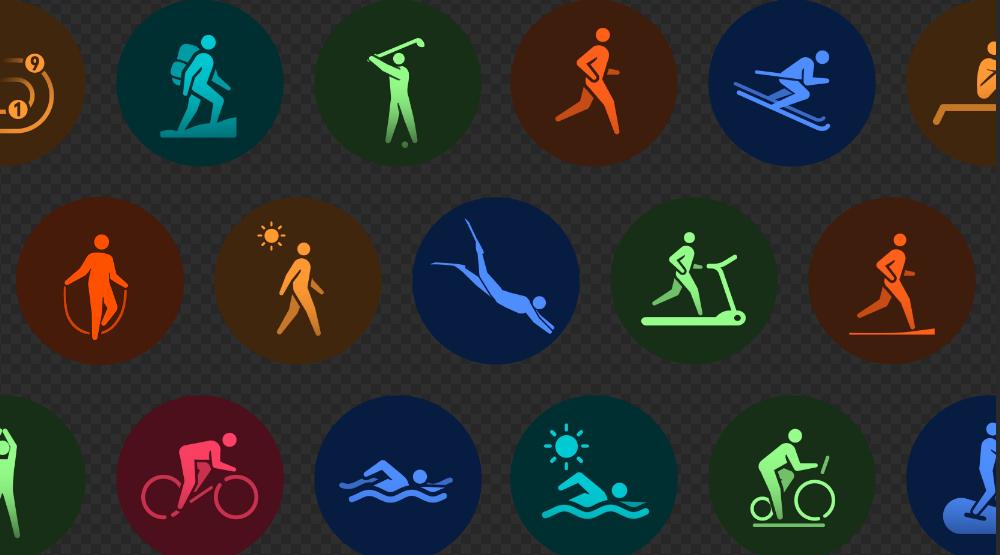
Monitoring daily activity is common for smartwatch users, but achieving true accuracy during workouts demands a more focused approach. Moving from step counting to tracking heart rate zones and repetitions requires proper setup and technique to gather meaningful data. A well-recorded workout offers essential insights into your effort, progress, and recovery, helping turn casual exercise into structured training. However, many users unintentionally reduce data quality through simple wearing or usage errors. This article outlines practical strategies to help your smartwatch capture every rep, stride, and heartbeat with greater precision.

Pre-Workout Setup for Optimal Tracking
Performing a few quick pre-workout checks can significantly boost the accuracy of your exercise data. Begin by fastening your watch band snugly yet comfortably about a finger’s width above your wrist bone to ensure consistent skin contact for heart rate monitoring. If you’re heading outdoors, calibrate the GPS by opening your fitness app in an open area with a clear sky view. Always keep your watch’s software up to date to benefit from improved tracking algorithms and bug fixes. Lastly, select the appropriate workout mode to help the sensors focus on the specific patterns of your activity.
Activity-Specific Tracking Techniques
Cardiovascular Workouts (Running, Cycling, Swimming)
For running and walking, ensure your watch is positioned securely on your wrist to minimize erratic movements that can interfere with the accelerometer and heart rate readings. Before starting an outdoor run, allow your watch a few extra seconds to establish a strong GPS signal, which will provide more accurate distance and pace data throughout your workout. When cycling, if your watch supports connected sensors, pairing it with a cadence sensor or heart rate strap can provide even more precise data than wrist-based measurements alone. For swimming, remember to activate the water lock feature if available to prevent screen mishaps, and trust that the built-in algorithms are specifically designed to count laps based on your turning patterns at the pool walls.

Strength Training and Rep Counting
Tracking strength training requires a different approach since watches rely more on motion patterns and heart rate data rather than distance or GPS information. While no wrist-based device can count reps with perfect accuracy for all exercises, keeping your movements consistent and deliberate helps the algorithms better recognize and count your repetitions. For exercises like bicep curls or shoulder presses, try to maintain a steady rhythm as this creates a clearer motion pattern for the sensors to detect and record. Focus on using the strength training mode to monitor your overall workout heart rate and rest intervals between sets rather than relying solely on rep counts.
High-Intensity Interval Training (HIIT) and Circuit Workouts
HIIT and circuit training challenge smartwatches with fast-changing movements, but proper setup can still provide useful feedback. Always choose the dedicated HIIT or functional training mode on your watch to help sensors adapt to rapid intensity shifts. Keep the band securely fastened to maintain accurate heart rate readings during dynamic exercises. Focus more on overall heart rate trends and total calories burned rather than repetition counts, as these better capture your effort in varied workouts. Additionally, monitoring your recovery heart rate—how quickly your pulse drops after intense intervals—can effectively track fitness improvements over time.
Understanding and Interpreting Key Metrics
Heart Rate Zones and Their Training Utility
Understanding your heart rate zones transforms raw data into actionable training guidance, helping you work at the right intensity for your goals. Most watches automatically calculate your zones based on your age and fitness level, with lower zones (50-60% of max heart rate) ideal for fat burning and endurance building. The moderate zone (60-70%) improves your cardiovascular fitness efficiently, while the higher zones (70-85%) are reserved for improving speed and performance in shorter bursts. By periodically glancing at your watch during exercise, you can learn to recognize how each zone feels physically, eventually developing an intuitive sense of your effort level.
Calories Burned: Estimates vs. Reality
While smartwatches offer some of the best calorie estimates outside a lab, it's important to remember these are educated calculations—not exact measurements. They combine heart rate data with personal details like age, weight, and gender, so keeping your app profile updated is essential. Steady cardio activities such as running or cycling generally produce more accurate estimates than strength training or HIIT, where energy use varies more. Treat these numbers as useful guides for comparing workout efforts rather than absolute values, as the margin of error can reach 10–20%. Still, tracking calorie trends over time helps indicate whether your workout intensity is increasing, decreasing, or staying consistent.
Recovery Metrics and Overtime Prevention
Modern smartwatches provide advanced recovery metrics to help balance exercise and rest, avoiding overtraining and supporting progress. Your morning recovery score—based on heart rate variability, sleep quality, and resting heart rate—shows how well your body has recovered overnight. Many watches also offer a daily training readiness score, recommending whether to train hard or opt for active recovery. Track trends in your resting heart rate, as a sustained increase of 5-10 bpm may suggest incomplete recovery or illness. These metrics are most useful when combined with how you actually feel, offering a fuller understanding of your body’s response to training.
Conclusion
Accurate tracking transforms your smartwatch into a personal training partner, providing meaningful fitness feedback. Proper wear, mode selection, and data interpretation turn casual workouts into structured training. Collected data reveals valuable trends in performance and recovery over time. Consistent use and correct wearing are essential for reliability. For enhanced tracking, many recommend devices like the watch gt6 pro smartwatch from Huawei for their advanced sensors and versatile features. With the right approach, your smartwatch becomes more than a gadget—it transforms into a strategic tool for sustainable fitness growth.